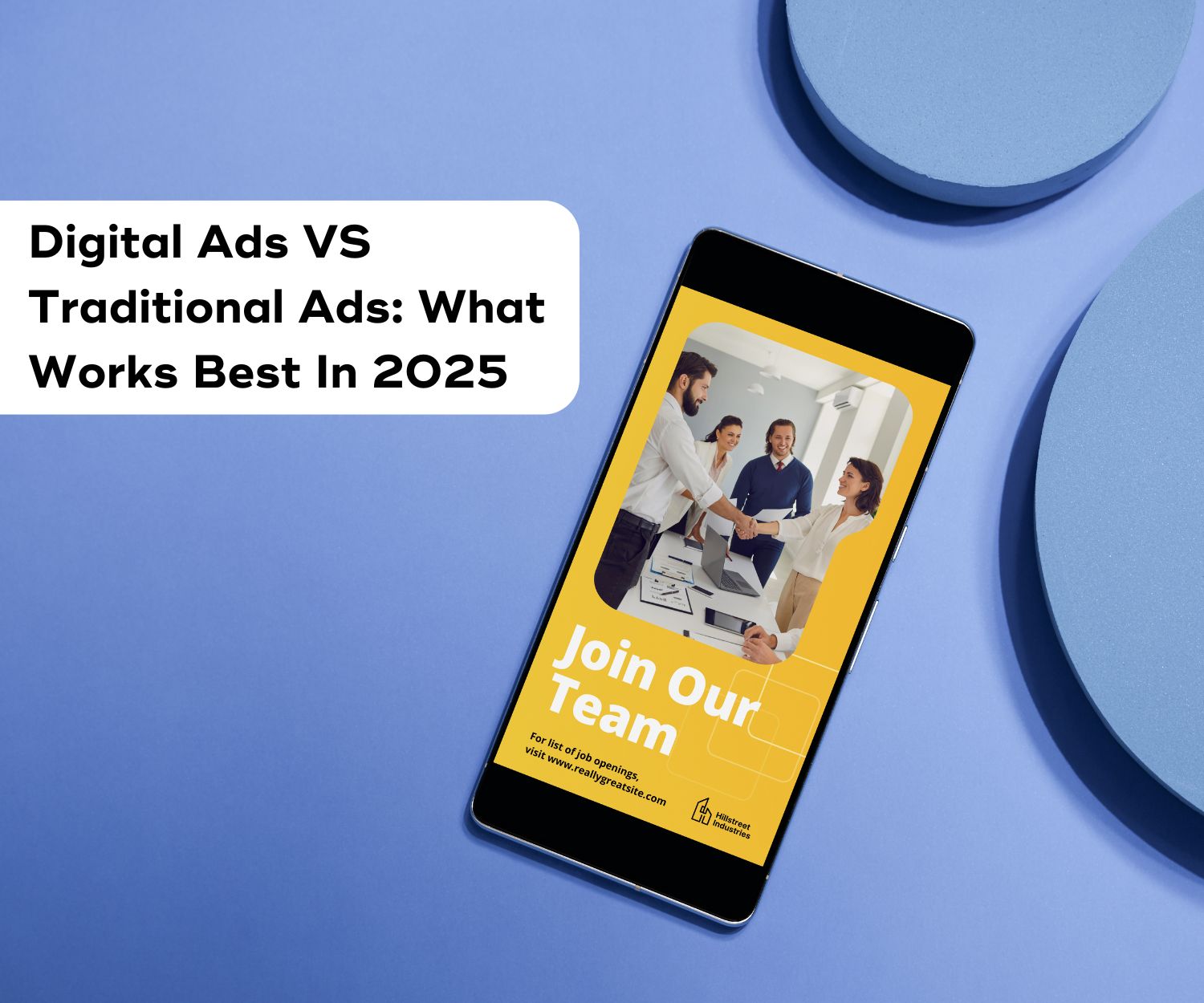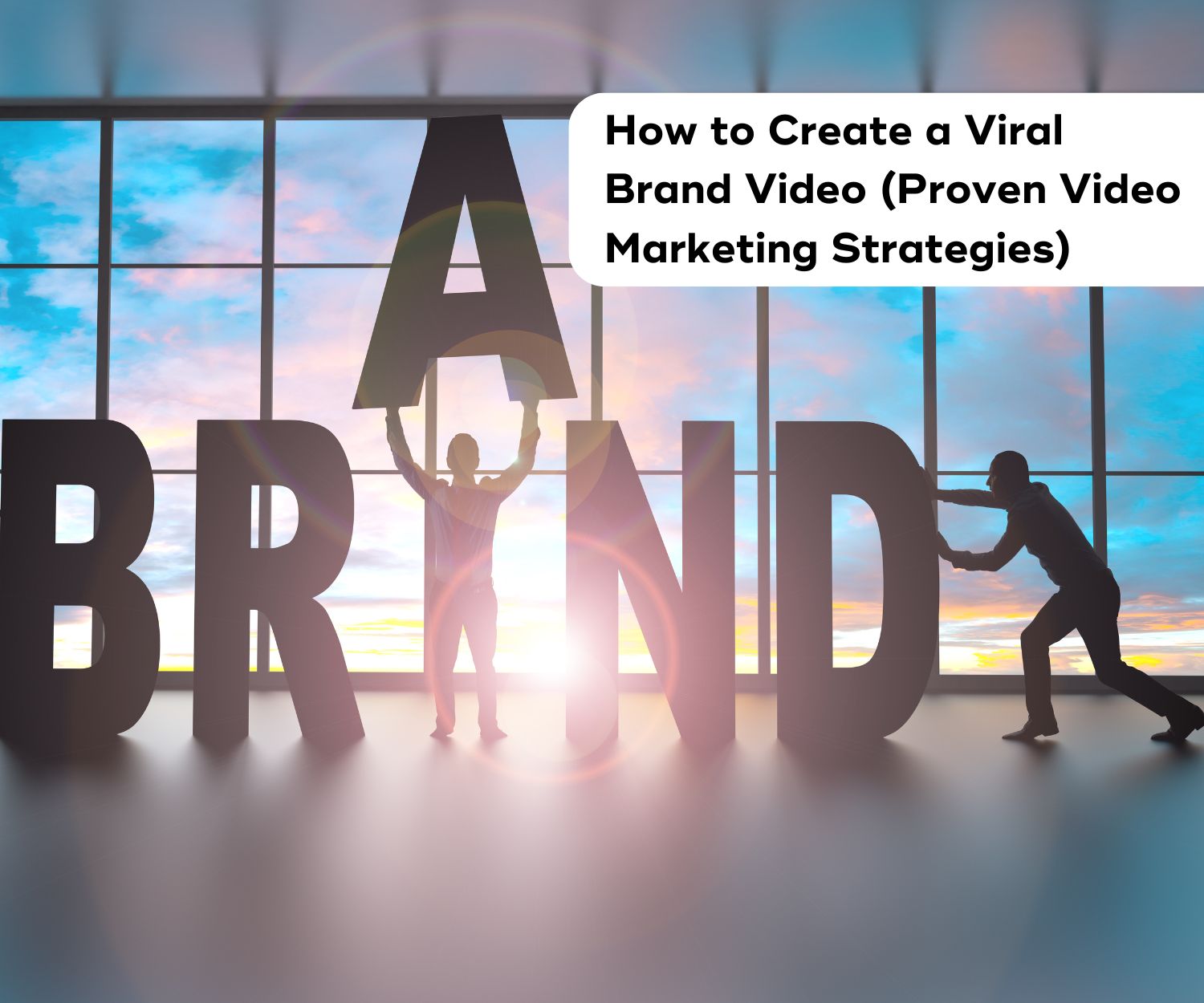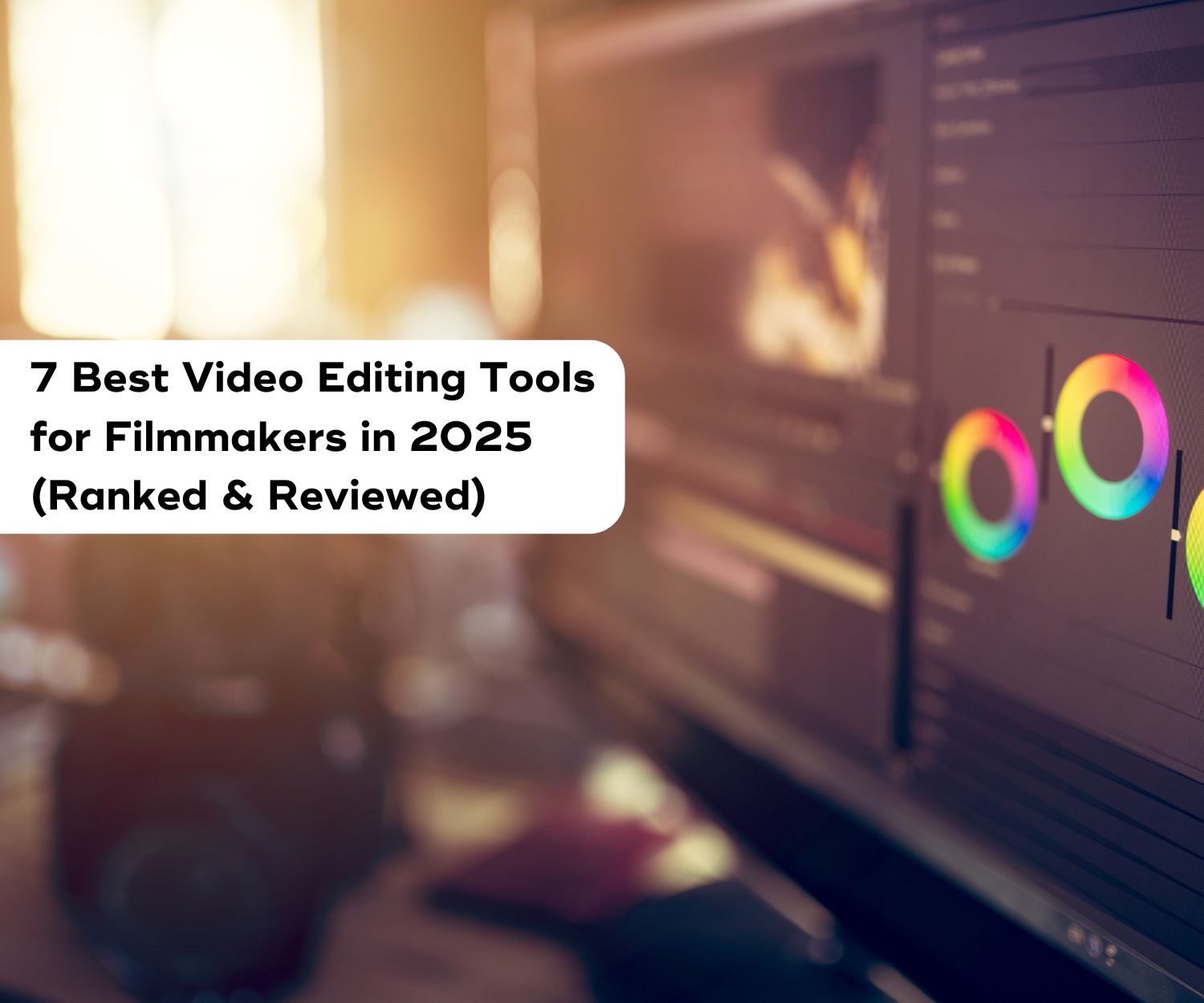How to Master Visuals Storytelling Techniques (With Pro Tips)
Ever wonder why some stories stay with you while others disappear? It’s not just about great visuals–it’s about using them with intention. Too many brands overload their content with flashy graphics, assuming that’s enough to engage people. But without the right storytelling techniques, even the most stunning visuals fall flat.
This guide breaks down how to craft compelling visuals narratives that hook attention and drive action. We’ll cover the psychology behind visual storytelling, must-know techniques, mistakes to avoid, and expert-backed strategies—plus real-world examples of brands doing it right.Ready to turn passive viewers into engaged audiences? Let’s get started.
What is Visual Storytelling? (And Why It Works)
Visual storytelling is the art of using images, videos, graphics, and design elements to convey a message or emotion—without relying solely on words. It works because humans process visuals 60,000 times faster than text, and 90% of information sent to the brain is visual. That’s why a single well-placed image can evoke emotion and spark action in ways a paragraph never could.
Think about Nike’s “Just Do It” campaign—their ads rarely feature long-winded explanations. Instead, they tell a story through powerful imagery and minimal text, making viewers feel something before they even process the words. This emotional connection is why visual storytelling is such a powerful tool. When done well, it makes a message more memorable and impactful.
Using visual storytelling effectively can capture attention, make complex information easier to understand, create emotional connections, and boost engagement on websites, ads, and social media. Whether you’re selling a product, promoting a cause, or simplifying data, visuals can help you communicate faster and more effectively.
Key Visual Storytelling Techniques You Need to Know
How to make your visuals speak for themselves
One of the most important rules of visual storytelling is showing instead of telling. If you’re trying to convince someone that deforestation is a problem, listing statistics might not be enough. But if you show a before-and-after satellite image of a disappearing rainforest, the impact is immediate. The best visual stories allow the audience to experience the message without excessive explanation.
Instead of relying on text, use side-by-side comparisons, infographics, and before-and-after visuals to highlight changes, trends, or transformations. This method not only makes content more engaging but also helps people retain the information longer. Strong visuals create an instant emotional reaction, which leads to better recall and higher engagement.
Why every visual story needs a narrative arc
Every great story has a beginning, middle, and end—and visual storytelling should follow the same structure. Without a c;ear narrative arc, images can feel disconnected and random, making it harder for viewers to stay engaged. A well-structured visual story guides the audience through a journey, keeping them interested from start to finish. A strong visual narrative should start with a hook—a striking image that captures attention immediately. The middle should introduce a problem or challenge, creating a sense of tension or curiosity. The final image should offer a resolution, delivering a satisfying conclusion. A great example of this is Airbnb’s Instagram carousels, where the first photo pulls you in, the next few images build intrigue, and the last slides ties everything together with a clear message.How Contrast & Color Psychology shape visual storytelling
Color and contrast aren’t just for aesthetics—they play a huge role in how people process visual content. Ever noticed how Netflix thumbnails use high-contrast images to make characters stand out? That’s not a coincidence. Contrast helps direct attention by making key elements more noticeable, while colors evoke specific emotions that influence perception. Dark and light contrasts create a focal point, drawing the eye toward important details. Warm colors like red and orange signal urgency or excitement, while cooler tones like blue build trust and calmness. Blur and sharp focus also create depth, helping guide viewers through a story in a structured way. Brands that understand color psychology use these elements strategically to increase engagement and influence audience behavior.Why simplicity wins in visual storytelling
Too many animations, transitions, and text-heavy visuals can kill engagement. When there’s too much going on the message gets lost in the clutter. The key to effective visual storytelling is simplicity—choosing the right visuals instead of adding more visuals. Apple’s product launches are a perfect example of this. Their presentations use clean, single-image slides that focus on the most important details. No distractions, no unnecessary effects—just clear, impactful storytelling. The lesson? More isn’t always better. The simpler the design, the stronger the message.How to turn data into engaging visuals
Raw statistics don’t inspire action—visualized data does. People are more likely to engage with information when it’s presented in a visually compelling way. That’s why news sites, like The New York Times, use interactive data visualizations instead of just listing numbers. To make data more engaging, consider using interactive charts, animated infographics, or illustrated comparisons. The goal is to make numbers easier to digest while maintaining accuracy and clarity. If your audience has to work too hard to understand a statistic, they’ll ignore it. Instead, present complex information in a way that’s instantly understandable.Tell Better Stories with Smarter Visuals
Mastering visual storytelling techniques isn’t about adding more graphics—it’s about using them with purpose. When done right, visuals don’t just support a story; they become the story. Whether you’re crafting a social media campaign, a marketing video, or an infographic, the right approach grabs attention, builds emotion, and drives action.
Key Takeaways:
✔ Show, don’t tell— let visuals do the storytelling
✔ Build a narrative arc— every image should move the story forward.
✔ Use contrast & color psychology— to guide the viewer’s eye.
✔ Keep it simple— clutter kills engagement.
✔ Turn data into visuals— numbers alone don’t stick.
Now, it’s time to put these strategies to work. Tell stories that not only look good—but get results.


